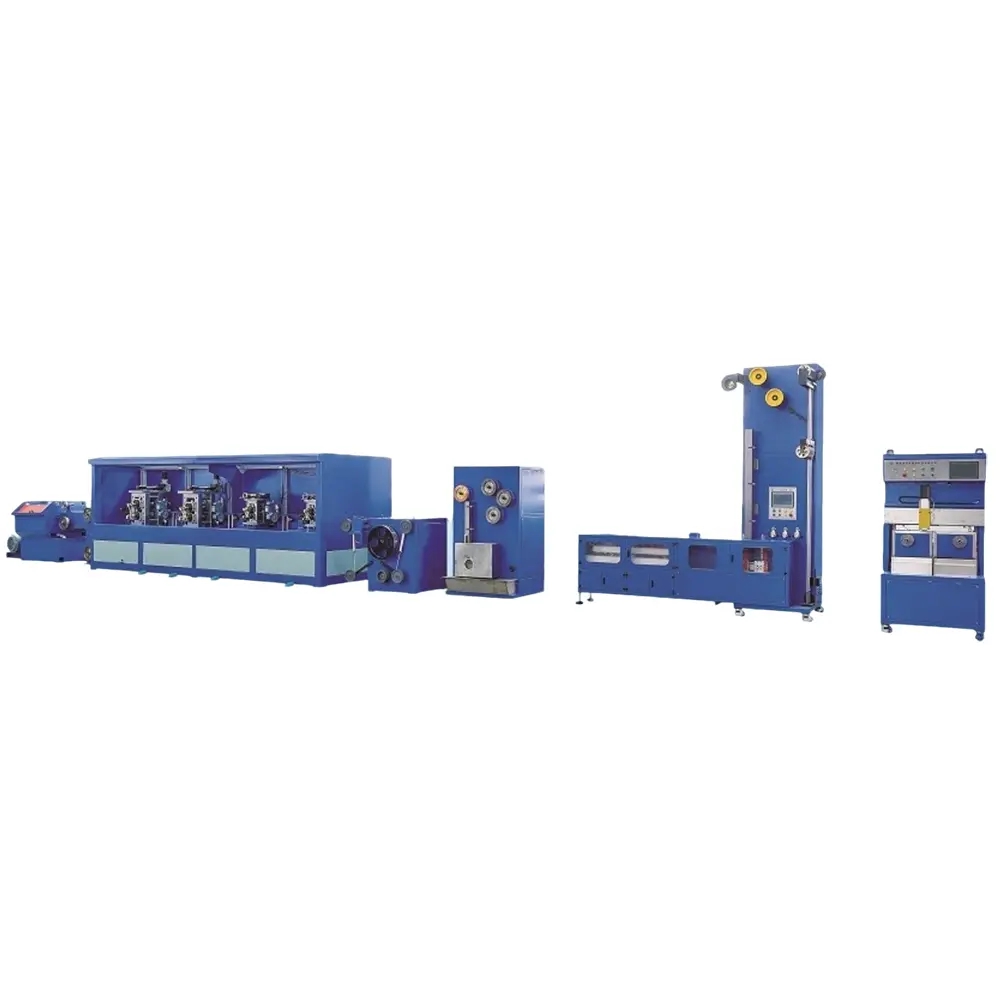- English
- Español
- Português
- русский
- Français
- 日本語
- Deutsch
- tiếng Việt
- Italiano
- Nederlands
- ภาษาไทย
- Polski
- 한국어
- Svenska
- magyar
- Malay
- বাংলা ভাষার
- Dansk
- Suomi
- हिन्दी
- Pilipino
- Türkçe
- Gaeilge
- العربية
- Indonesia
- Norsk
- تمل
- český
- ελληνικά
- український
- Javanese
- فارسی
- தமிழ்
- తెలుగు
- नेपाली
- Burmese
- български
- ລາວ
- Latine
- Қазақша
- Euskal
- Azərbaycan
- Slovenský jazyk
- Македонски
- Lietuvos
- Eesti Keel
- Română
- Slovenski
- मराठी
- Srpski језик
- Esperanto
- Afrikaans
- Català
- שפה עברית
- Cymraeg
- Galego
- Latviešu
- icelandic
- ייִדיש
- беларускі
- Hrvatski
- Kreyòl ayisyen
- Shqiptar
- Malti
- lugha ya Kiswahili
- አማርኛ
- Bosanski
- Frysk
- ភាសាខ្មែរ
- ქართული
- ગુજરાતી
- Hausa
- Кыргыз тили
- ಕನ್ನಡ
- Corsa
- Kurdî
- മലയാളം
- Maori
- Монгол хэл
- Hmong
- IsiXhosa
- Zulu
- Yoruba
- অসমীয়া
- ଓଡିଆ
- Punjabi
- پښتو
- Chichewa
- Samoa
- Sesotho
- සිංහල
- Gàidhlig
- Cebuano
- Somali
- Тоҷикӣ
- O'zbek
- Hawaiian
- سنڌي
- Shinra
- Հայերեն
- Igbo
- Sundanese
- Lëtzebuergesch
- Malagasy
What are the material requirements for the rollers of the Photovoltaic Welding Strip Rolling Mill
2025-10-11
The rolling mill of Photovoltaic Welding Strip Rolling Mill is the core working component, which directly contacts and squeezes copper wire (raw material). It needs to meet the requirements of high strength, high wear resistance, high dimensional stability, and surface smoothness at the same time to ensure the precise size (thickness tolerance is usually ≤± 0.002mm) and surface quality of photovoltaic welding strip. The material selection should revolve around the following core requirements:
1、 Core material requirements (performance dimension)
The extremely high hardness and wear resistance of the rolling mill require long-term extrusion of copper wire (copper hardness is about HB30-50), and the surface is prone to wear due to friction and extrusion. If the hardness is insufficient, it will cause the rolling mill surface to be concave and the dimensional accuracy to decrease, directly affecting the uniformity of the welding strip thickness. Therefore, the roller material needs to have a surface hardness of ≥ HRC60 (Rockwell hardness), and the substrate needs to have sufficient toughness support to avoid hard and brittle fracture.

Excellent dimensional stability (low thermal expansion coefficient): During the rolling process, local heat is generated by the friction between the rolling mill and the copper material. If the material's thermal expansion coefficient is too high, it will cause the rolling mill size to fluctuate with temperature, resulting in a deviation in the thickness of the weld strip. Therefore, the material needs to have a low linear thermal expansion coefficient (usually required to be ≤ 12 × 10 ⁻⁶/℃, in the range of 20-100 ℃) to ensure dimensional stability during long-term rolling.
The extremely high surface smoothness and flatness of photovoltaic welding strips require strict surface quality requirements (no scratches, indentations, or oxidation spots are allowed), and the surface smoothness of the rolling mill directly determines the surface state of the welding strip. Therefore, the material of the rolling mill should be easy to polish to a mirror level smoothness (Ra ≤ 0.02 μ m), and there should be no defects such as pores or inclusions inside the material to avoid surface defects after polishing.
During the operation of a rolling mill with good fatigue and impact resistance, the rolling mill needs to withstand cyclic variable loads (compression, friction), which can easily lead to fatigue cracks if used for a long time; Meanwhile, fluctuations in wire laying speed may result in instantaneous impact loads. Therefore, the material needs to have both high fatigue strength (bending fatigue strength ≥ 800MPa) and a certain degree of toughness to avoid cracking or edge breakage of the rolling mill under long-term load.
Corrosion and oxidation resistance: The rolling environment may come into contact with water vapor and trace oil stains in the air, and the subsequent welding strip needs to be cleaned before tin plating. If the roller material is prone to oxidation or corrosion, it will cause the formation of an oxide layer on the surface, contaminating the surface of the welding strip. Therefore, the material needs to have good resistance to atmospheric corrosion at room temperature and slight oil pollution corrosion, to avoid surface oxidation and peeling.
2、 Auxiliary requirements (processing and maintenance dimensions)
Machinability: The material should be easy to carry out precision grinding (ensuring that the roundness tolerance of the roller surface is ≤ 0.001mm) and polishing, avoiding cost increases due to high processing difficulty;
Thermal conductivity: Some high-speed rolling mills require cooling systems and materials with certain thermal conductivity (such as hard alloy thermal conductivity ≥ 80W/(m · K)) to facilitate timely dissipation of frictional heat and further ensure dimensional stability.



